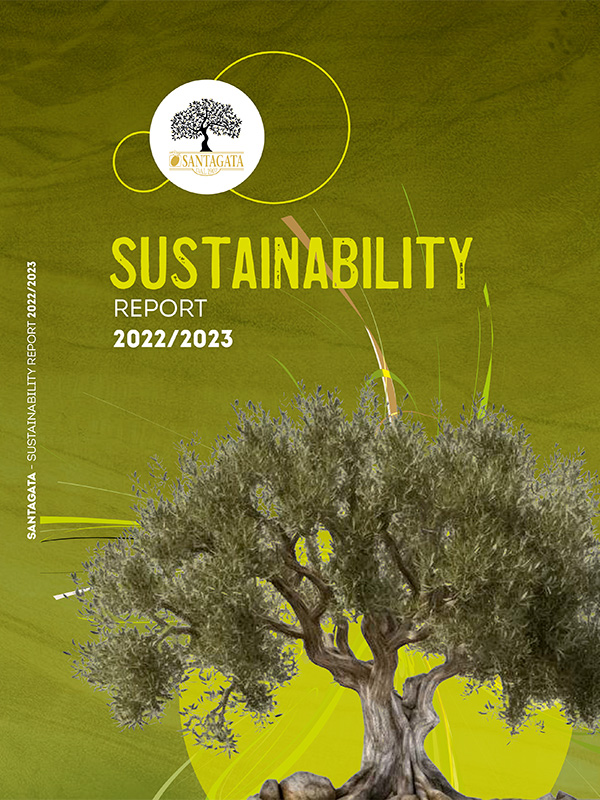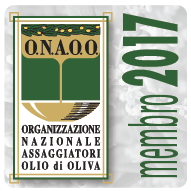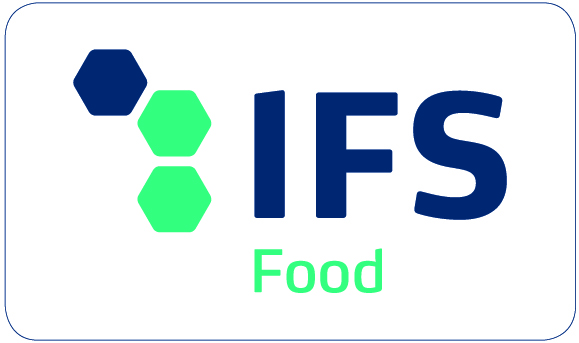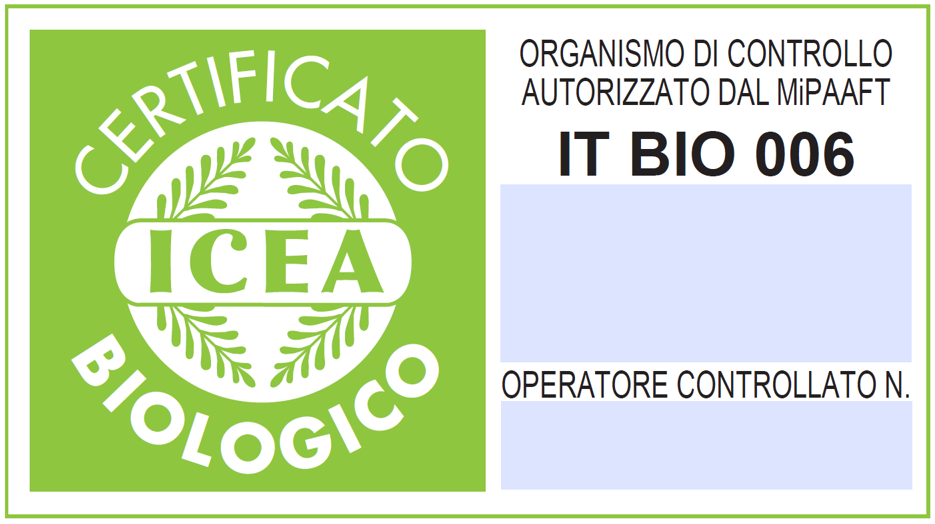Importance and terminology of professional tasting
Chemical and physical analyses alone are insufficient to certify the quality of the oil. In fact, the sensory evaluation carried out by a group of expert tasters making up the tasting panel, is considered essential to verify the oil quality. Tasting techniques are defined by European Regulation no.640/2008, which specifies the implementing procedures and methods as well as the operating conditions characterising sensory evaluation.
The organoleptic properties of oil are revealed through sight to determine the oil colour, through inhalation to detect the aroma and through tasting to define the flavour. The tasting starts with a small sip of oil from a slightly warmed blue glass previously warmed with the palm of the hand. The oil is first kept a few moments in the mouth, without swallowing it, in order to warm it up then, by slightly opening the lips, some air is inhaled through the mouth in order to atomize the oil properly and get a better perception of it. After closing the mouth up, some air is inhaled through the nose to take note of the retronasal perception. At the end of the tasting, the oil is spat out.
The description of the attributes and defects of extra virgin olive oil requires the use of specific vocabulary; for example, to describe the positive attributes of the oil the terms to be used are fruity, bitter, pungent and sweet; on the contrary, to define the oil defects the specific terms to be used are fusty, musty-humid, winey and rancid. To become an expert taster, the most important skill to develop is the ability to detect the positive attributes and the negative defects of the oil.







